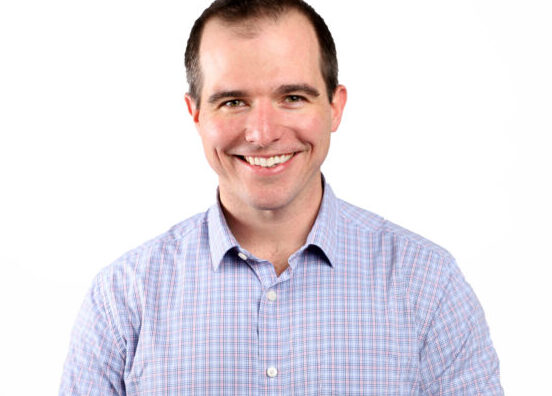The Americans with Disabilities Act (ADA) was signed 32 years ago on July 26, 1990. That date marked decades of activism from the disability community for equal treatment. In commemoration of the historic act, July marks Disability Pride Month for people with disabilities in the United States.
What is Disability Pride?
Eli Clare describes disability pride as a call to action, something that “particularly isn’t about individuals or fame or being a celebrity but rather about communal struggle, rebellion, and joy” (2010). Disabled World defines disability pride as “accepting and honoring each person’s uniqueness and seeing it as a natural and beautiful part of human diversity…an integral part of movement-building, and a direct challenge of systemic ableism and stigmatizing definitions of disability” (2015). No matter what definition you prefer, disability pride highlights the differences amongst the human race – not as lesser, but as equal. Disability pride highlights individuals who view their disability as an inherent part of their identity, as part of what makes an individual, well, an individual.
A disability diagnosis can result in mixed feelings. Disability pride questions why our society sees disability as inherently negative and highlights the triumphs of the disabled community.
The Legal History of the ADA
The social conditions that allowed the ADA to be signed are the result of thousands of advocates’ work over several decades. From a legal perspective, Section 504 of the 1973 Rehabilitation Act marked a shift in public policy. This section prohibited disability discrimination in organizations that received federal funding. Finally, the federal government acknowledged disability discrimination, modeling Section 504 after other discrimination laws for race, sex, and ethnic origin. Disabled people were viewed as a marginalized group instead of separating people into groups based on diagnosis. This legislation, as well as continuous activism, helped pave the way for the ADA (Mayerson, 1992).
Disability Pride Parades
Disability pride parades are held by the disability community to celebrate the community, the culture behind disability, and to educate participants about disability-related issues. The first parade was held in Boston, Massachusetts, in 1990. The parade continued in 1991 and paused after the death of its founder, Diana Viets (Ping-Wild, 2021). Disability pride parades have appeared in multiple cities around the country, including Chicago, Los Angeles, San Antonio, and New York City (American Autism Association, 2021). New York City Mayor Bill De Blasio also declared July as Disability Pride Month in the city (Ping-Wild, 2021).
Suggestions to Celebrate Disability Pride Month
There are a variety of ways to celebrate Disability Pride Month over the next few weeks. If you are able, consider donating to a disability advocacy organization to support the ongoing efforts to combat the ableism and discrimination still present in our society. There are also content creators who provide free or low-cost content to educate their audience about disability-related issues. Further, search for disability pride events in your area or online to further celebrate disability pride. Finally, while many individuals are eager to get “back to normal” after two years into the COVID-19 pandemic, consider ways that you can minimize risks for the disabled and immunocompromised individuals you may come into contact with. Many disabled individuals have emphasized that living with COVID is not an option for them and that many of the accommodations in the early days of the pandemic are no longer available (such as attending classes or working virtually (Charlton-Dailey, 2022).
Disability pride month is a wonderful opportunity to learn about and celebrate the vibrant disability community. The fight for equal treatment of people with disabilities is far from over. But this month, the community celebrates what it has accomplished.
~ Nikita Williams is an I/O Psychology graduate student and gothamCulture intern. Disability issues are her area of interest and she wrote another article on this topic “Why businesses need to talk about disability and accessibility.”
References
American Autism Association. (2021). Celebrating Disability Pride Month — American Autism Association. https://www.myautism.org/news-features/celebrating-disability-pride-month
Charlton-Dailey, R. (2022, January 14). Op-Ed: Disabled People Can’t Learn to Live With COVID. Verywell Health. https://www.verywellhealth.com/disabled-people-cant-learn-to-live-with-covid-5215746
Clare, E. (2010). Disability pride. Retrieved from http://eliclare.com/disability/disability-pride
Disabled World. (2015, July 3). Disability Pride: Definition and Awareness Information. Disabled World. Retrieved April 22, 2022, from www.disabled-world.com/definitions/disability-pride.php
Mayerson, A. (1992). The History of ADA. Disability Rights Education & Defense Fund. https://dredf.org/about-us/publications/the-history-of-the-ada/
Ping-Wild, J. (2021). Everything You Need To Know About Disability Pride Month in 2021. The Rolling Explorer. https://therollingexplorer.com/everything-you-need-to-know-about-disability-pride-month-in-2020/










